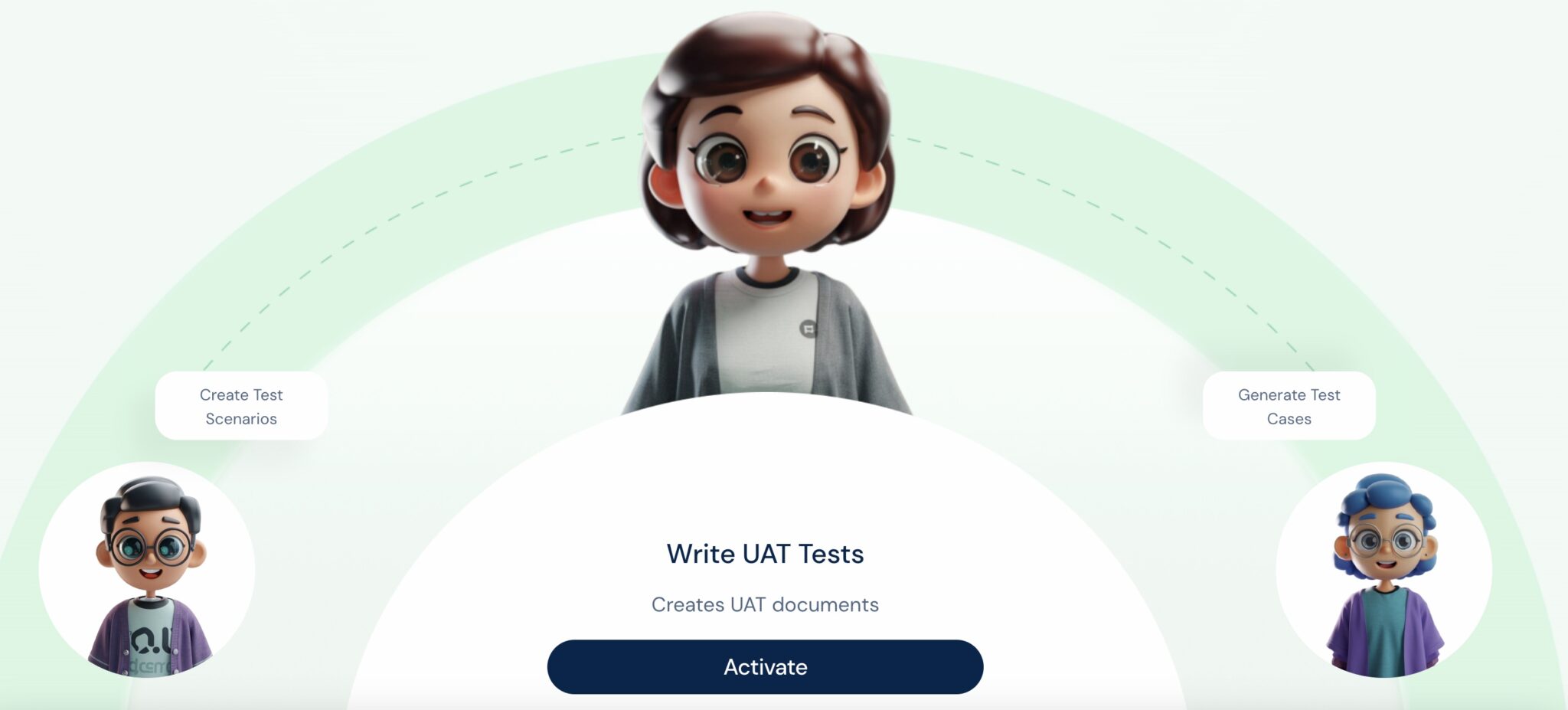Introduction
- In the rapidly evolving world of software development, Agile methodologies have carved out a dominant position.
- These methodologies stress quick iterations, constant collaboration, and the ability to adapt to change.
- Within this Agile framework, test case design plays a pivotal role, ensuring software quality does not take a back seat to the swift pace of development iterations.
- With a decade-long journey in blogging on software testing and development, let’s delve deep into the intricacies of Test Case Design within Agile environments and glean insights that have stood the test of time.
What is Agile Test Case Design?
- Agile Test Case Design is the strategic process of crafting test cases that are a subset of test conditions or variables which determine correct behavior in software applications.
- This strategic process is molded by Agile principles, endorsing continuous integration, exhaustive test coverage, and constant communication amongst the dynamic teams to ensure the output remains of the highest quality across each sprint.
Why Test Case Design is Crucial in Agile:
- Ensures Clarity and Understandability: Precise test cases translate complex technical objectives and acceptance criteria into clear, actionable tasks that are aligned with user stories.
- Promotes Early Bug Detection: The Agile emphasis on regular and early testing leads to the swift uncovering of bugs, simplifying their resolution and enhancing the end product.
- Facilitates Continuous Improvement: In the world of Agile, iterative feedback is crucial, and test cases become essential feedback mechanisms that spur product and process enhancement.
- Assists in Test Automation: Given Agile’s lean towards rapid cycles, test case design is critical in crafting an effective automation framework that can keep pace with development.
Approaches to Test Case Design in Agile:
- Behavior-Driven Development (BDD): This process optimizes communication between technical and nontechnical stakeholders by employing easy-to-understand constructs (like Gherkin syntax) to define test cases, making sure all stakeholders have a mutual understanding of the software expectations.
- Test-Driven Development (TDD): Developers create test cases before writing code in TDD. This prioritizes the requirements, simplifies design, and builds code confidence.
- Exploratory Testing: With a focus on the tester’s acumen and creativity, exploratory testing is less about rigid cases and more about discovering unanticipated behaviors within an application.
- Session-Based Testing: Time-boxed test sessions focus on a test charter but allow enough wiggle room for inspired testing within those parameters.
Best Practices for Agile Test Case Design:
Collaborative Creation: Bring together team members from different disciplines to help design test cases. This diversity helps ensure comprehensive coverage.
Incremental Elaboration: Start with general test cases and add specifics as you go, fine-tuning them with each iteration.
Prioritize Your Test Cases: Always prioritize test cases that align with the sprint goals and deliver the most value.
Clear and Concise: Test cases should be written in plain language that everyone on the team can understand.
Automation Readiness: Craft test cases with an eye toward automation, as they will be crucial for regression testing and expeditious feedback loops.
Regular Reviews and Refinements: Agile is all about adaptability; routinely review and refine test cases in response to new information and feedback.
Balance Breadth and Depth: Craft detailed, specific test cases for critical features and broader tests that cover general system functionality.
Performance and Security: Non-functional requirements are as vital as functional ones. Include test cases that assess performance benchmarks and security postures.
Tools and Technologies:
- Embrace cutting-edge tools and technologies that aid in Agile test case design.
- Whether it’s integrating JIRA, TestRail, or Zephyr into your development cycle, or employing automation frameworks like Selenium, Cucumber, or Appium, ensure that your toolset complements the Agile workflow.
Conclusion:
- In Agile realms, test case design is an iterative process that evolves alongside development.
- When wielded effectively, structured, transparent, and flexible test cases ensure that quality is woven into each phase of development, guaranteeing the delivery of a product that meets expectations—not only functionally but also in quality, all while sustaining the tempo that Agile guarantees.
aiTest: A Closer Look
aiTest an all-in-one testing platform. This platform is designed to conduct comprehensive testing on your applications concurrently. It supports cross-browser and browser version testing, as well as functional and performance tests integrated with Analytics. Additionally, the platform incorporates automation features, including an LLM for effortless generation and testing of machine learning models and generating test data for the same. One-stop solution for continuous testing, integrating seamlessly with CI/CD pipelines. With support for multiple languages and specialized testing for AI/ML services, aiTest empowers organizations to speed up their release cycles while ensuring quality and reliability.


